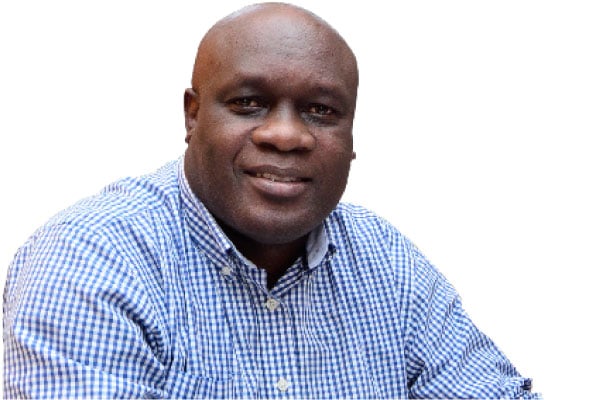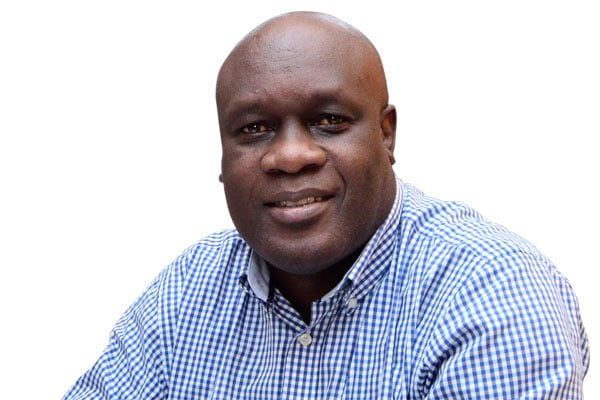Climate journalism and Uganda’s charcoal story

Odoobo C. Bichachi
What you need to know:
...we should not only report the President’s decree and move to the next story. We should try to report real life experiments with alternative household energy in Uganda.
The Reuters Institute climate reporting project caught my eye this week, particularly a report by Polish journalist, Patryk Strzałkowski. This reporting project aims to address the following questions: “How do we write about climate change in a way that sidesteps polarisation? How do we connect climate change to our heritage, or explain important context to audiences, or attempt to get information from our own governments? How do we create great climate journalism when resources are strained, and journalists are under mental pressure?”
Strzałkowski’s story titled, “To report on climate change where coal is king, journalists need to focus on solutions,” could find resonance with Uganda climate journalism reporting on, for example, charcoal debate “where charcoal is king”!
President Yoweri Museveni recently issued “Executive Order No 3” banning export of timber and the burning of charcoal or trading in it. He said this would protect the environment by stemming depletion of tree cover, especially in northern Uganda where it is now an epidemic.
Media covered the pronouncement and subsequent announcement by police that it would start to enforce the directive. See: “Police commanders ordered to enforce Museveni ban on charcoal” (Daily Monitor, July 27).
The same story reported that the decree – and its enforcement – has triggered a rise in household energy costs, with “asking price of a fully-heaped bag of charcoal rising from Shs80,000 to Shs160,000.” Ugandans have not stopped using charcoal; they are just paying more for it!
So what does Strzałkowski recommend Ugandan journalists go about this story?
“Our traditional approach is to simply confront this story with scientific facts. But this tactic might be too little too late to convince some readers,” he writes, adding: “But solutions-focused reporting on the transition, green jobs and industries can resonate more if they’re based on real-life experiences and examples, as opposed to stories that simply report that the “government says we need coal, experts say we don’t”.
In our charcoal case, therefore, we should not only report the President’s decree and move to the next story. We should try to report real life experiments with alternative household energy in Uganda i.e. charcoal vs gas vs electricity.
Modern Energy Cooking Services (MECS), research programme funded by UK Aid, did exactly this comparison and has some interesting findings that solution journalists could pick up. See: https://mecs.org.uk/blog/demystifying-cooking-with-electricity-in-uganda/
“The MECS programme researches the socio-economic realities of a transition from polluting fuels to a range of modern fuels. Whilst the research covers several clean fuels, the evidence is pointing to the viability, cost effectiveness, and user satisfaction that energy efficient electric cooking devices provide,” it is stated on their website.
The report on one of their controlled experiments titled, “Demystifying cooking with electricity in Uganda” is interesting and deserves to be amplified by the media as the country debates alternative solutions to charcoal. I quote below:
“A study (carried out in 1999) showed that in Kampala, 88 percent of the households surveyed rely on charcoal as their primary fuel for cooking whilst LPG and electricity were used at 8 percent and 1 percent respectively. Survey findings further confirmed the perception that electricity is expensive for cooking as there was almost universal agreement on the same by respondents.
With these insights, we set out to conduct a comparative study across the cooking technologies typically used in Uganda and the common local dishes. A Controlled Cooking Test study (CCT) was carried out with the help of everyday cooks cooking the different dishes they would normally cook at home. The CCT focused on three categories of local dishes: matooke, a traditional staple dish; beans and meat stews, and a vegetable dish – sukuma wiki.
Cooking technologies used were; a locally made improved charcoal stove, an LPG stove, an electric hot plate and an Electric Pressure Cooker (EPC). Findings showed that the EPC was the most energy and time-efficient as well as the least expensive option to prepare the dishes, especially for preparing meals that take a long time and require much energy. For example, when cooking staple foods such as matooke and beans stew, compared to the other cooking devices, an EPC uses three times less energy. The EPC can potentially save roughly half the time and 60-90 percent of the cost on dishes with a long boiling stage.”
Can climate journalists put this information out there?
Send your feedback/complaints to [email protected] or call/text on +256 776 500725.



